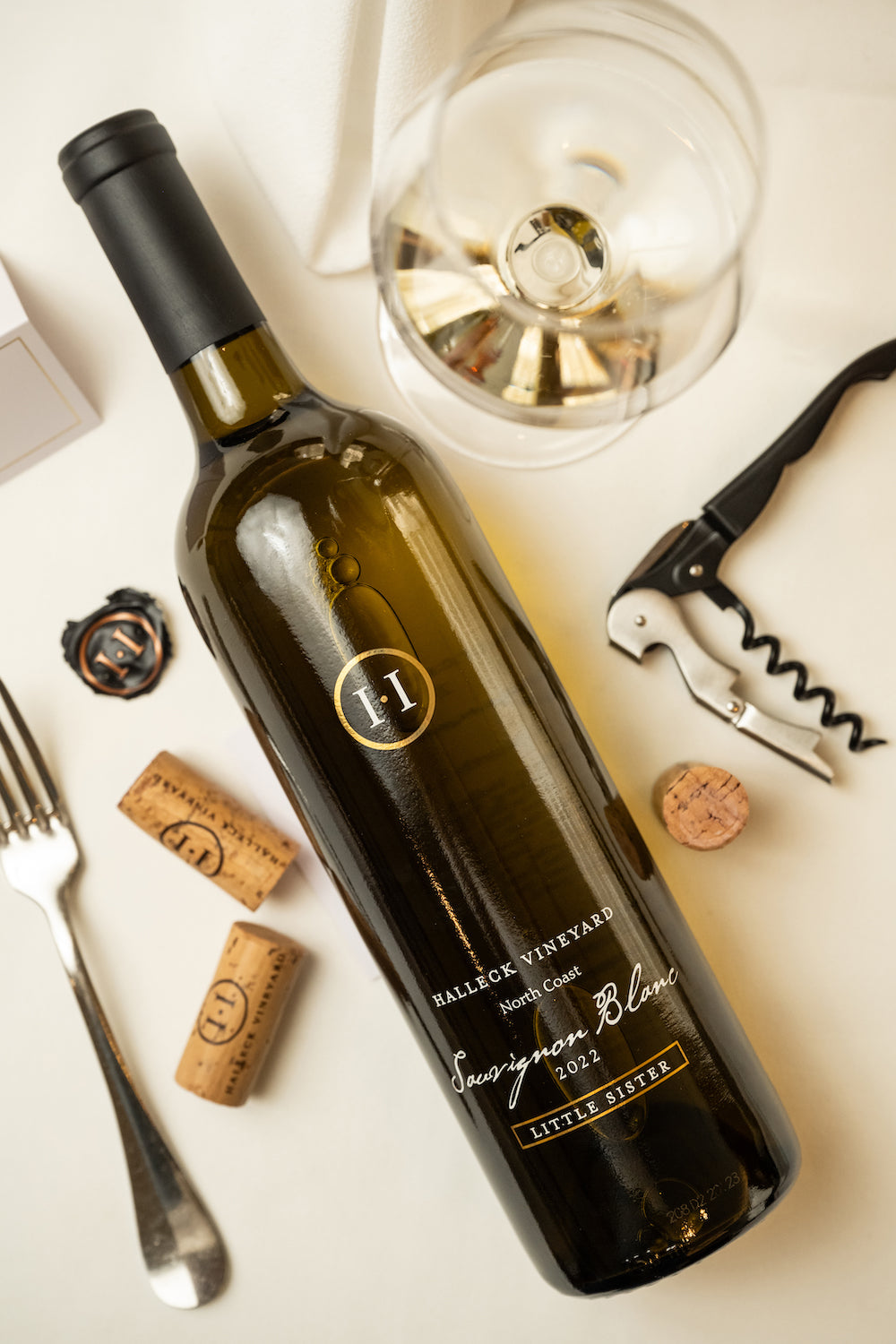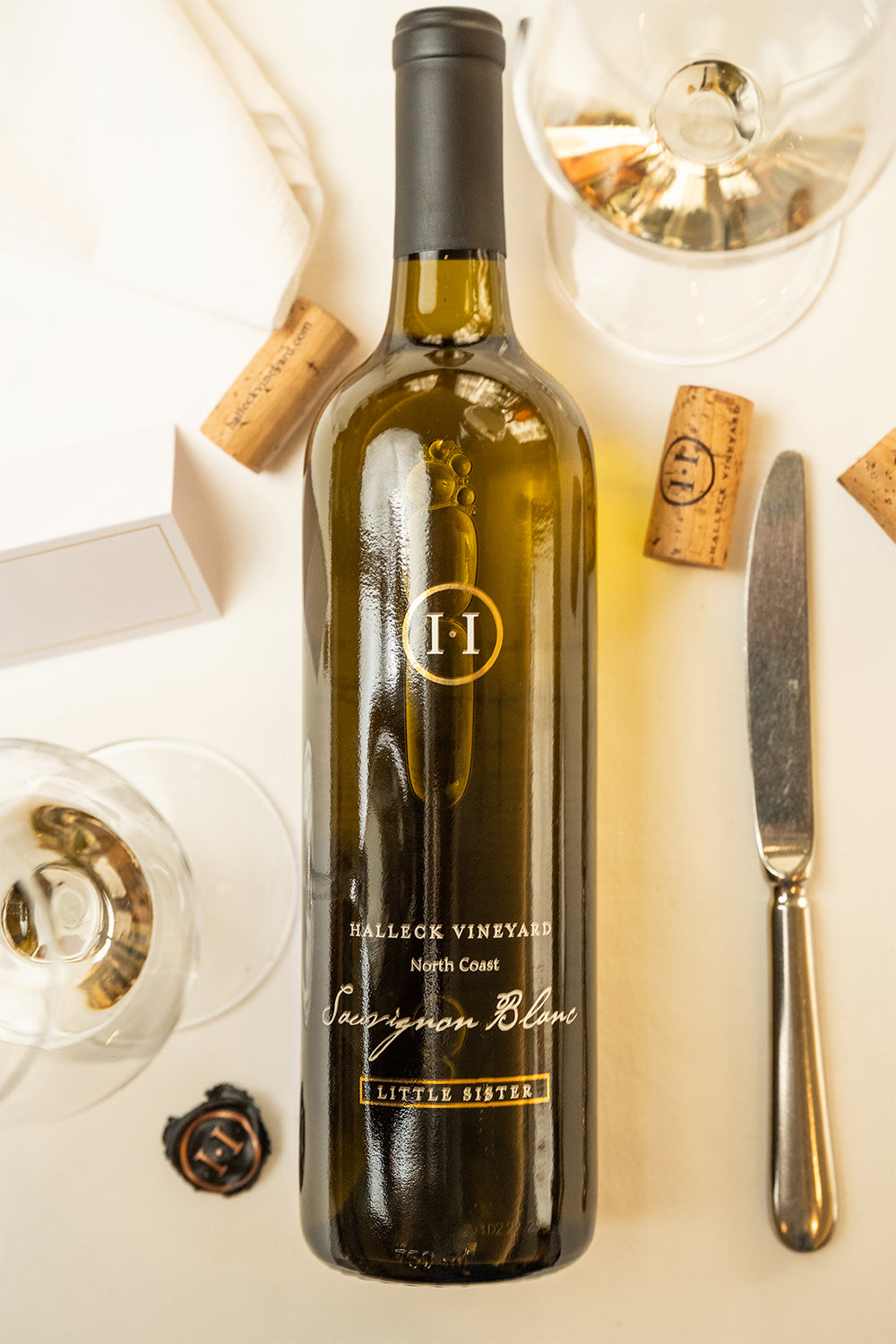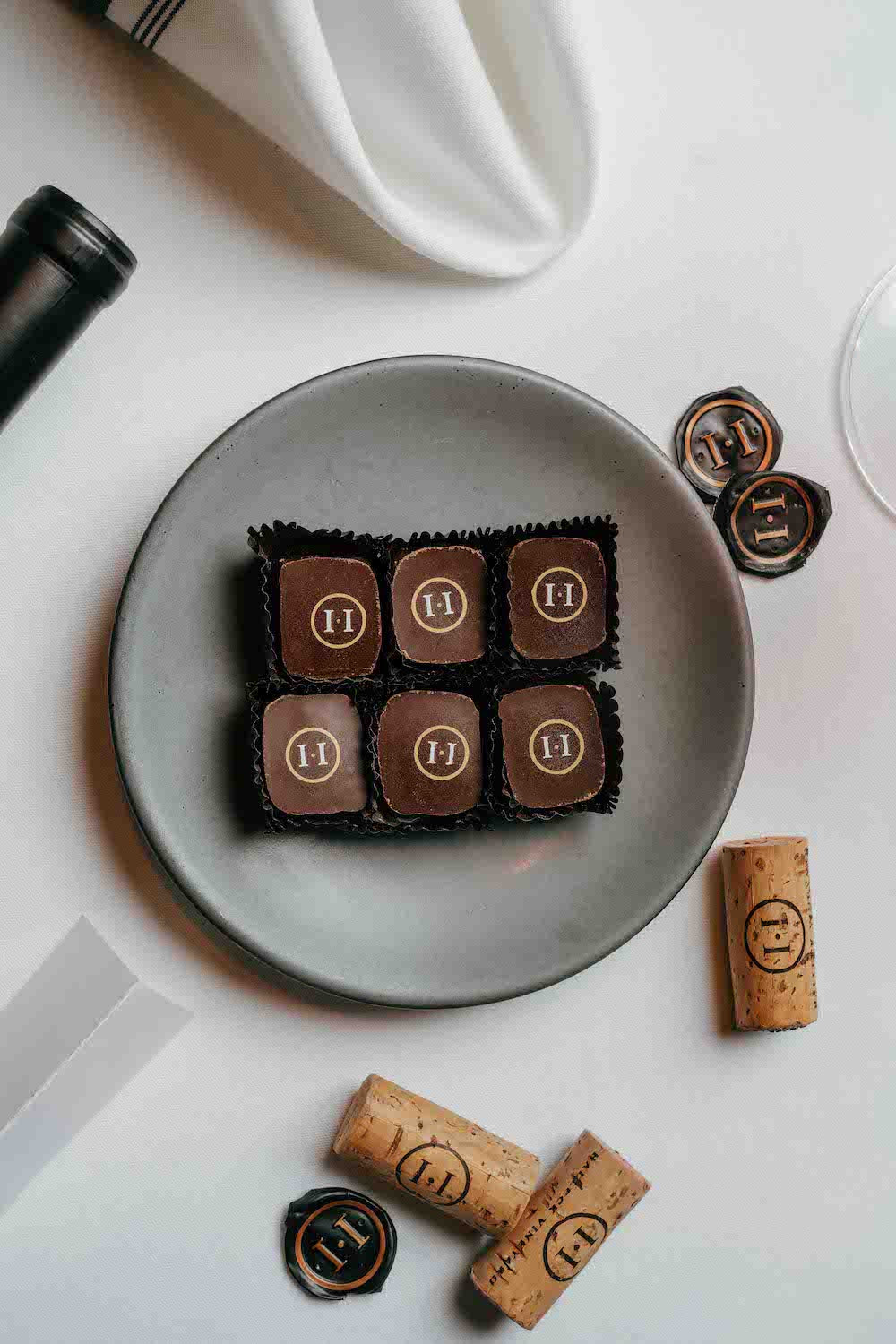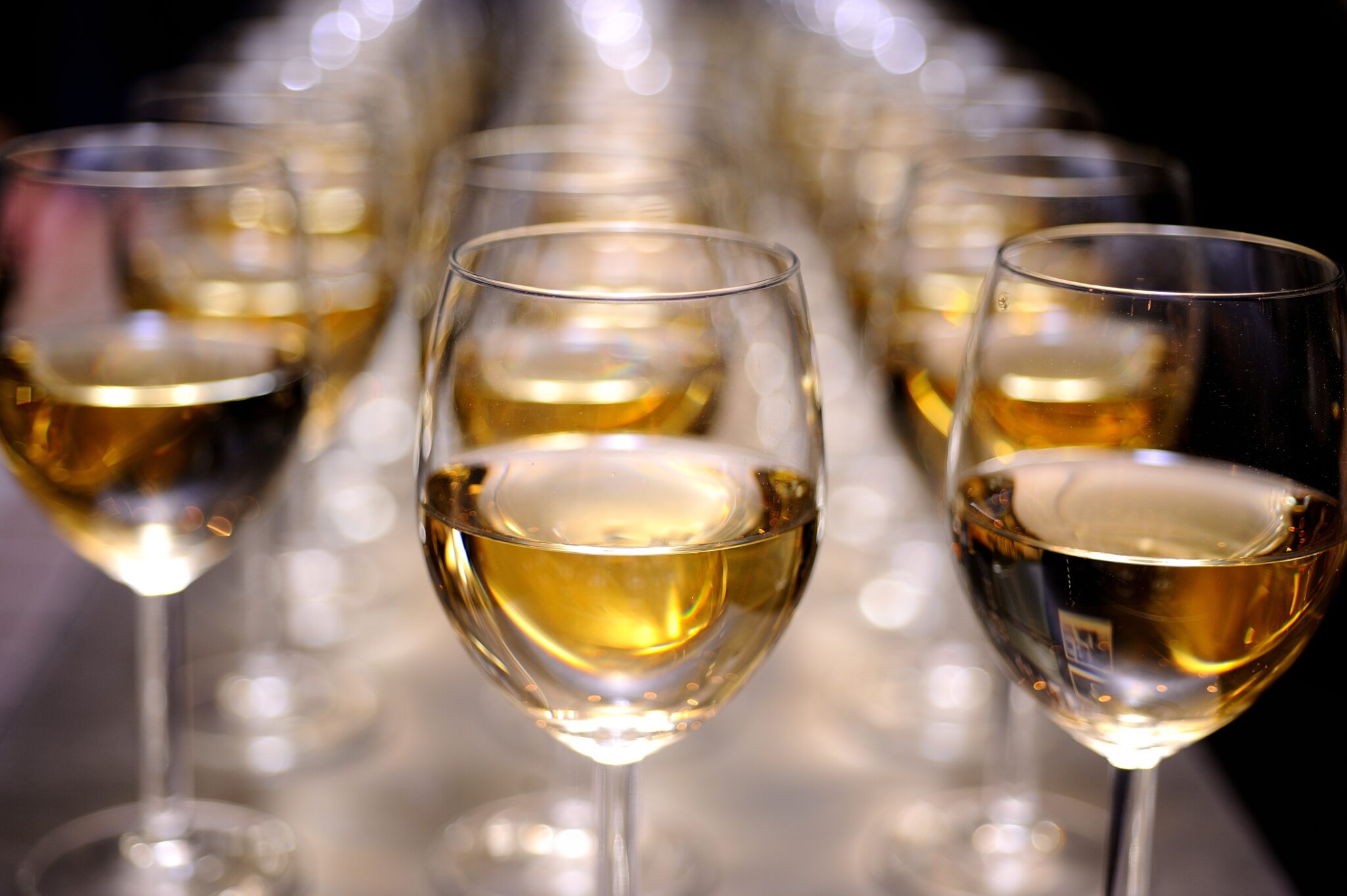Best Chardonnays From Sonoma Winemakers - Best Wine Tasting Spots In Sonoma County
Wine Tasting Trails In Sonoma Valley - A Guide To Sonoma Wineries
Wine tasting is an art that mixes sensory experience with an appreciation for the nuances of different varietals. How to evaluate flavors in winery wine tasting classes is pivotal to greedy the complexities of wine.
Participating in a wine tasting entails greater than merely sipping and savoring. It requires a centered method to establish aromas and flavors that every wine presents. As you begin, observe the wine's look, noting its shade and readability. These visible cues typically recommend a wine’s age, grape selection, and even potential flavor profiles.
The subsequent step within the tasting process is to swirl the wine in your glass. This motion releases aromatic compounds which may be very important for evaluation. Lean in and take a moment to inhale deeply; the aromas can range from floral and fruity to spicy and earthy. The nostril of the wine is simply as necessary because the palate, and recognizing scents plays a major function in understanding the overall experience.
When taking your first sip, allow the wine to move throughout your palate - Wineries With Beautiful Architecture. Discover the preliminary flavors that current themselves. Is the wine fruity, floral, or perhaps herbaceous? This initial style provides insight into what the wine is more doubtless to specific as you continue to judge it. The mouthfeel additionally contributes to the overall flavor experience; it might be silky, tannic, or even effervescent.
Wine Tasting Trails In Sonoma Valley - The Beauty Of Sebastopol Wineries
As you continue tasting, take note of the wine’s balance. A well-balanced wine will harmonize acidity, sweetness, and tannins. If one element overwhelms the others, it might indicate a less desirable quality. Evaluating balance may help you identify how well the wine might pair with food.
Transitioning to the end, consider how the flavors evolve because the wine lingers on your palate. A lengthy, pleasant finish can indicate a high-quality wine, whereas a brief or abrupt end may recommend otherwise. Reflect on whether the flavors stay constant or if new notes emerge because the wine settles. This progression can reveal complexities and intricacies that might not have been apparent within the preliminary tasting.
Temperature can be an important factor in evaluating wine flavors. Different types of wine are optimally loved at particular temperatures. White wines typically shine when chilled, whereas purple wines generally perform finest at room temperature. When tasting, make positive the wine is at the appropriate temperature to completely appreciate its character.
Wineries Offering Elegant Wine Tastings - Wineries With Stunning Views In Sonoma
Pairing food with wine can significantly improve the tasting experience. Meals can influence the perception of flavors in wine, either highlighting certain characteristics or diminishing them. When evaluating flavors, consider how the wine interacts with totally different foods, noticing which flavors are amplified or muted (Wineries Offering Virtual Wine Tastings).

Think About the affect of terroir as you engage in a winery tasting. Terroir encompasses the unique environmental elements that have an result on grape growing, together with soil composition, climate, and geography. Understanding a wine's terroir can present perception into its flavors and aromas, fostering a deeper appreciation for the choices made throughout its cultivation and manufacturing.
Training plays a elementary role in enhancing one's capability to evaluate wine flavors. Studying about grape varieties, wine regions, and manufacturing methods can pave the method in which for more knowledgeable judgments during tastings. Moreover, attending workshops or classes can refine sensory skills and broaden your flavor vocabulary, enabling you to articulate tasting notes extra effectively.

Finally, it's essential to do not forget that evaluating wine flavors is a highly personal experience. Individual preferences and perceptions will invariably form one’s tasting journey. Enjoyment must be at the forefront, with the evaluation course of performing as a tool to boost understanding and appreciation quite than create rigid guidelines.
Wineries Known For Sustainable Practices In Sonoma - Vines And Views In Sonoma Wine Country
In conclusion, mastering tips on how to evaluate flavors in winery wine tasting sessions includes a combination of sensory engagement, information, and practice. By studying to identify aromas, assess the balance, and appreciate the intricacies of flavor, wine enthusiasts can deepen their connection to each bottle they encounter. As with any art type, the extra one immerses themselves within the experience, the more they will discover and enjoy the vast world of wine.
- Start by observing the wine's colour and readability, as these visible components can trace at its flavor profile and getting older potential.
- Swirl the wine gently in your glass; this releases aromatic compounds, allowing you to better identify the complex scents associated with the wine.
- Take a deep inhale before tasting, focusing on both main and secondary aromas to collect insights on fruits, spices, and other nuances.
- When tasting, permit the wine to coat your palate; note the initial flavors, the mid-palate complexity, and the finish as these levels can provide totally different flavor highlights.
- Pay attention to texture and mouthfeel, as elements similar to tannin levels, acidity, and sweetness contribute significantly to the overall tasting experience.
- Compare flavors against standard wine characteristics; for red wines, consider berry notes, oak affect, and natural tones, whereas whites may include citrus, stone fruits, and floral hints.
- Take notes during the tasting session to track your impressions, helping you to remember and evaluate the different wines sampled.
- Focus On your findings with fellow tasters or winery workers, as sharing insights can improve understanding and appreciation of individual flavors.
- Allow time for the wine to breathe; sometimes, flavors evolve and reveal new dimensions after being uncovered to air.
- Experiment with food pairings in the course of the tasting as they will dramatically alter how flavors are perceived, influencing general enjoyment.undefinedWhat should I search for when evaluating the aroma of wine throughout a tasting?
Start by swirling the wine in your glass to release its aromas. Deliver the glass to your nostril and take a deep breath. Pay attention to the first scents you detect, as these are sometimes probably the most outstanding. Look for fruit, floral, herbal, or earthy notes and try to establish particular characteristics, which is able to deepen your understanding of the wine's complexity.
Wineries With Estate-Grown Grapes - Best Wine Tasting Spots In Sonoma County

How can I distinguish between totally different flavor profiles in wine?
Perceive that flavor profiles are sometimes categorized as fruit, floral, herbaceous, spicy, or mineral. Take small sips and allow the wine to coat your palate. Notice the first flavors that emerge first and the delicate notes that comply with. This layering is essential in distinguishing the wine's traits and will help you respect its unique profile.
Rustic Family-Owned Wineries In Sebastopol - Explore Sebastopol Area Vineyards
What is the importance of the wine's texture in a tasting?

The texture of the wine, also referred to as mouthfeel, plays a vital position in how we understand flavors. Pay attention as to whether the wine feels smooth, creamy, or gritty. The physique of the wine (light, medium, or full) can enhance or contrast with flavors, offering a more rounded experience check my blog throughout tasting.
How do I assess the steadiness of flavors in wine?
Stability in wine refers to the harmony between acidity, sweetness, tannin, and alcohol. Take a moment to evaluate whether these parts complement or intervene with one another. A well-balanced wine may have none of its parts overpowering the others, creating a pleasant tasting experience.
Hidden Gem Wineries In Sonoma County - Wine Tasting And Vineyards In Sonoma
What role does temperature play in evaluating wine flavors?
Temperature can considerably influence the notion of flavors. Usually, pink wines are greatest served barely under room temperature, whereas white wines take pleasure in being chilled. As the temperature changes, the aromas and flavors can shift, allowing you to understand totally different traits. It’s essential to style wine at its optimal temperature for true analysis.
Wineries With Breathtaking Gardens In Sonoma - Best Wineries For Wine Tasting Sonoma Area
How can I improve my tasting skills over time?
Practice is essential to improving your tasting skills. Wineries With Locally Sourced Food Options. Attend tastings, keep a journal of your experiences, and discover different sorts of wines to broaden your palate. Additionally, learning about wine manufacturing and grape varieties can provide context that enhances your analysis course of, making you a more knowledgeable taster.
Is there a particular order in which I ought to style the wines?
Wineries With Educational Tours In Sonoma - Vineyard Tasting Events In Sonoma County
Yes, it’s advisable to style wines from light to full-bodied and dry to candy. This progression prevents the stronger flavors from overshadowing the more delicate ones, permitting you to fully appreciate every wine's traits and nuances without palate fatigue.
Kingwill+David+R,4748+Burnside+Road,+Sebastopol
How can I consider the aftertaste of wine?
Wineries With Picnic Areas - Sonoma Vineyard Tours
The aftertaste, or end, is a crucial side of the wine-tasting experience. After swallowing, pay consideration to how lengthy the flavors linger on your palate and whether they change. A long, pleasant end is commonly an indicator of a high-quality wine, whereas a short or unpleasant finish could counsel in any other case.
Why is it essential to note the wine’s acidity during tasting?
Acidity contributes to the overall freshness and construction of the wine. Pay consideration to the tingling sensation on your tongue; higher acidity can enhance the wine's liveliness and steadiness out sweetness. Noting acidity helps decide the wine's versatility with food and its growing older potential.
What should I do if I struggle to establish particular flavors in wine?
Breathtaking Views From Sonoma Wineries - Celebrated Wineries Around Sebastopol
Struggling to determine flavors is webpage widespread, especially for beginners. Focus on broader categories and describe what you possibly can recognize, such as sweet or earthy notes. With practice, studying about completely different flavor profiles, and maybe utilizing flavor wheels, you will refine your senses and develop a more nuanced strategy to tasting.